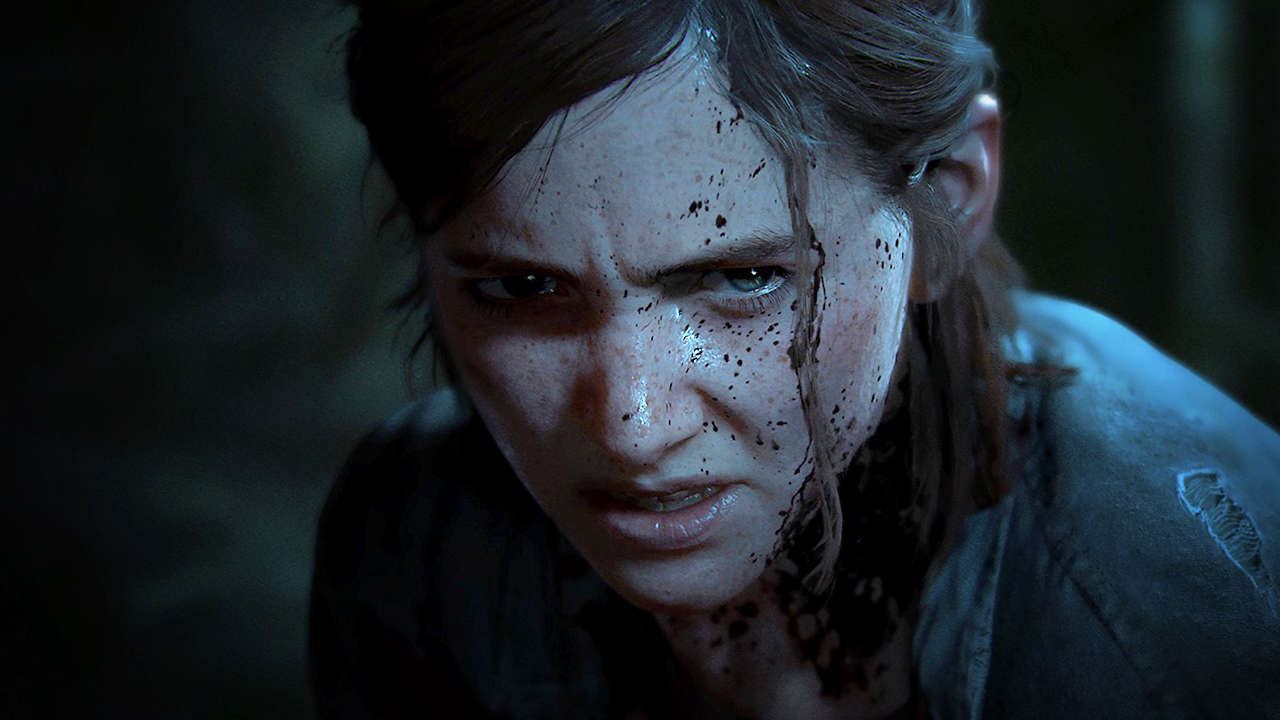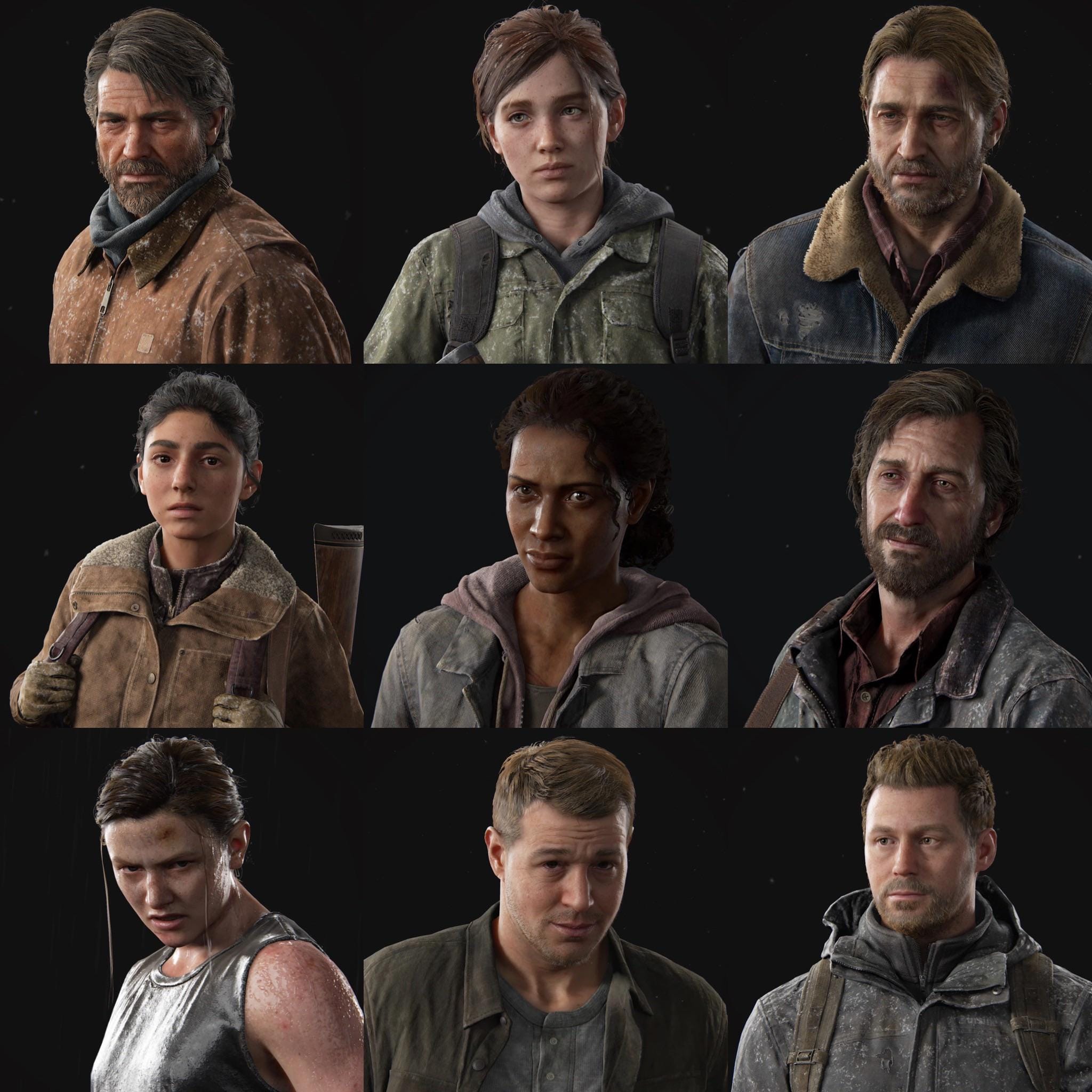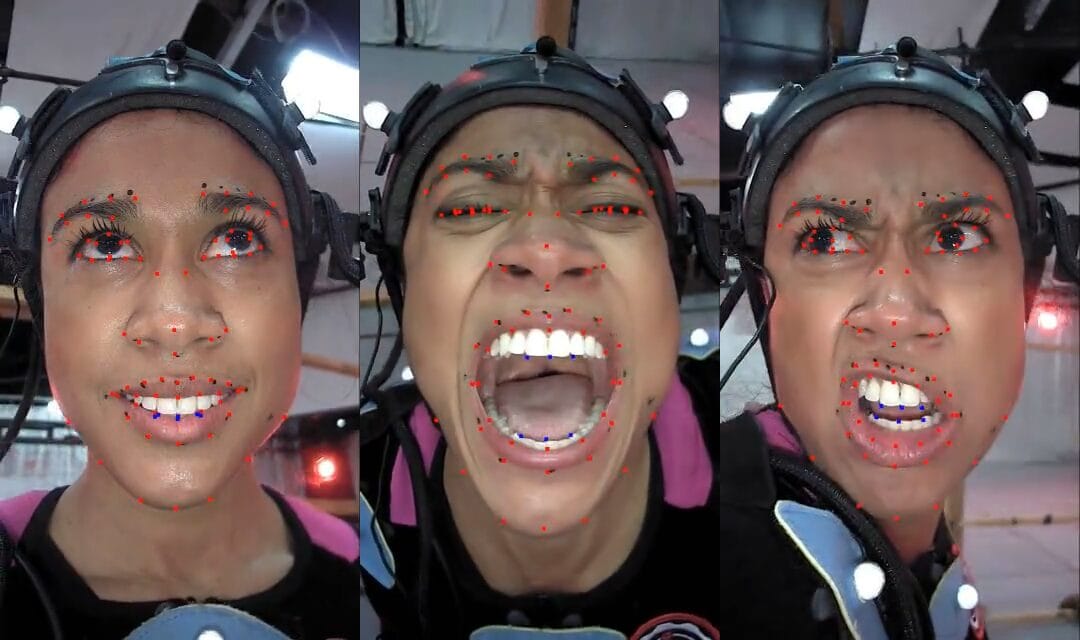
Emotional Animation in Video Games: Elevating Storytelling
7 Secrets of Emotional Animation in Video Games
Table of Contents
- The Changing Face of Gaming: Where’s the Emotion?
- Facial Animations: The Window to a Character’s Soul
- Body Language: Actions Speak Louder Than Words
- Timing and Pacing: The Rhythm of Emotion
- Emotionally Driven Animations: Feeling Every Hit
- Collaboration is Key: Bridging Design and Animation
- The Future of Emotional Game Animation
Hey there, fellow gamers and aspiring animators! As someone who’s spent years in the trenches of video game animation, collaborating with fellow animators, I’ve seen firsthand how a dash of emotion can transform a good game into an unforgettable experience. Today, I’m going to spill the beans on the seven secrets of emotional animation in video games
1. The Changing Face of Gaming: Where’s the Emotion?
The gaming industry is evolving, and not always for the better when it comes to emotional depth. We’re seeing a shift towards:- First-person perspectives
- Multiplayer experiences
- Fast-paced action games

2. The Power of Emotional Animation
Emotional animation is a game-changer in the world of video games, allowing animators to breathe life into characters and evoke genuine emotions from players. By skillfully combining body language, facial expressions, and motion capture technology, animators can create characters that resonate deeply with audiences. This connection is what transforms a simple game into an unforgettable journey.Imagine playing a game where the protagonist’s every smile, frown, or subtle shift in posture feels authentic. This is the magic of emotional animation. It bridges the gap between the virtual and real worlds, making characters feel like living, breathing entities. Games like The Last of Us and Red Dead Redemption 2 excel in this area, using nuanced animations to convey complex emotions and themes.But it’s not just about making characters relatable. Emotional animation can also convey intricate narratives and themes. A slight change in a character’s body language or a fleeting expression can speak volumes, conveying happiness, sorrow, fear, or anger without a single word. This subtlety is particularly powerful in games, where players are deeply invested in the characters and their stories.Moreover, emotional animation enhances the realism of animated worlds. Through advanced motion capture techniques, animators can create characters that move and behave in ways that feel natural and authentic. This level of detail draws players into the game world, making them feel like they are part of the story. It’s this immersive experience that keeps players coming back for more, eager to explore every emotional twist and turn.

3.Understanding Emotions in Animation
To create characters that truly resonate with players, animators must have a deep understanding of emotions. This involves studying how people express emotions in real life, from the way they use body language and facial expressions to how they move and behave in different emotional states. By observing these nuances, animators can infuse their characters with a sense of authenticity that captivates audiences.But it’s not just about observation. Animators often draw on their own experiences and emotions to bring characters to life. By tapping into their personal feelings, they can create characters that are more nuanced and complex. This personal touch adds depth to the animation, making the characters’ emotional journeys more compelling and relatable.Understanding emotions in animation also means exploring the emotional impact of different animation techniques. Whether it’s the fluidity of motion capture or the charm of traditional animation, each technique brings its own emotional resonance. By choosing the right technique for the desired effect, animators can enhance the emotional depth of their characters and stories.In essence, understanding emotions is the cornerstone of effective animation. It allows animators to create characters that feel real and stories that resonate on a deeper level. Whether through meticulous study of real-life emotions, personal introspection, or the strategic use of animation techniques, this understanding is what makes animated characters come to life and connect with audiences in meaningful ways.

4. Timing and Pacing: The Rhythm of Emotion
Timing and pacing are crucial for creating a journey with highs and lows, moments of tension and release. When I worked on Horizon Zero Dawn as the lead cutscene animator for Aloy’s origin story, we carefully crafted the emotional beats of her journey from child to woman.5. Emotionally Driven Animations: Feeling Every Hit
Emotionally driven animations make the player feel what the character is feeling through gameplay mechanics. Imagine your character struggling to their feet after a hit, limping with every step. Suddenly, you’re not just playing a game – you’re experiencing your character’s pain and perseverance.6. Collaboration is Key: Bridging Design and Animation
The best games come from studios where design and animation teams work hand in hand. Games like Insomniac’s Spider-Man and the latest God of War series feel so fluid and emotionally engaging because of this close collaboration.7. The Future of Emotional Game Animation
As we push the boundaries of what’s possible in game animation, we’re opening up new avenues for emotional storytelling. The future of emotional game animation might include:- More nuanced and realistic character expressions
- Improved motion capture technology
- AI-assisted animation for more dynamic responses
- VR and AR integration for more immersive emotional experiences
Level Up Your Animation Skills
Ready to take your animation skills to the next level? Check out my course, Motion Capture for Animation. You’ll learn how to use mocap technology to create more realistic and emotionally engaging animations for your games. Don’t miss this opportunity to enhance your skills and stand out in the industry! Collaborating with fellow animators can also provide valuable insights and feedback, helping you to refine your skills and create more emotionally engaging animations.So, fellow gamers and animators, what games have moved you emotionally through their animation? How did their emotional game animations contribute to your experience? Share your thoughts in the comments, and let’s celebrate the power of emotion in gaming!






